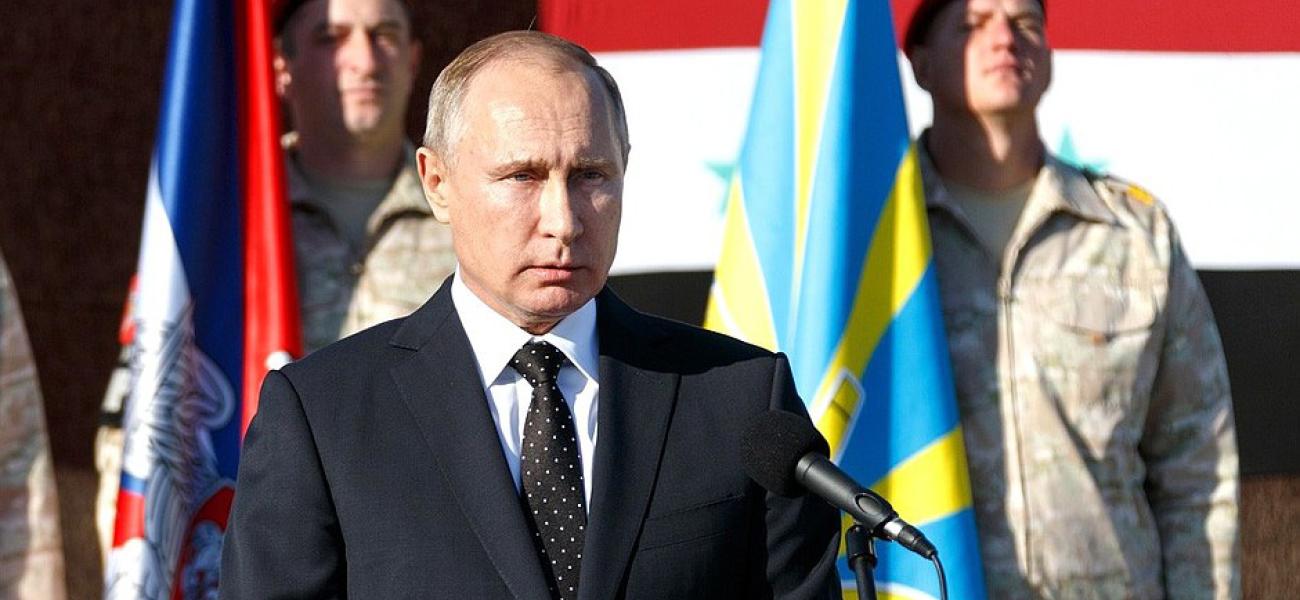
Putin's Plan for Syria
This is a summary of an article originally published by Foreign Affairs.
The author outlines some of the challenges facing Russian President Vladimir Putin in Syria, where diplomatic maneuvering and military intervention has made Russia one of the conflict's major players. The fate of Syrian President Bashar al-Assad is one key question. While Assad, feeling himself the victor, may be thinking he does not need Russian help quite as much as before, Moscow "understands that restoring [Assad's] control over all of Syria is impossible and even undesirable" as other groups in Syria, from the Kurds to the Sunni opposition, strongly oppose such a move. The author argues that Syria is now divided and controlled by various forces: "the Assad government; anti-Assad opposition groups; pro-Turkish and pro-Iranian militias; and the Kurds.” While Russia insists on the territorial unity of Syria, it also favors real autonomy for the Kurds. There are also the interests of neighboring countries and powers to consider, such as Iran. While Moscow supplied Damascus with air power, Iran's allied militias fought on the ground. "After the war, Tehran wants to institutionalize its presence on the ground in Syria, both to influence the future of that country and to maintain a physical link to its main regional ally, Hezbollah”—a reality Russia must balance with Israeli interests.
Read the full article in Foreign Affairs.
Dmitri Trenin
Dmitri Trenin is the director of the Carnegie Moscow Center.
